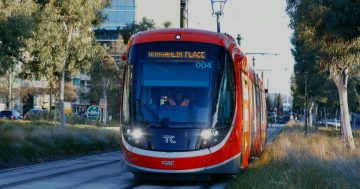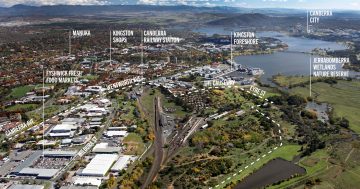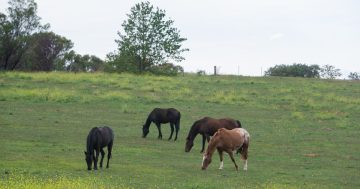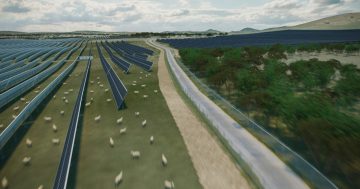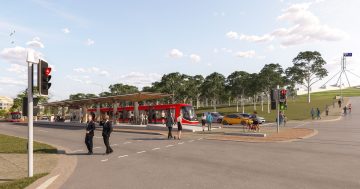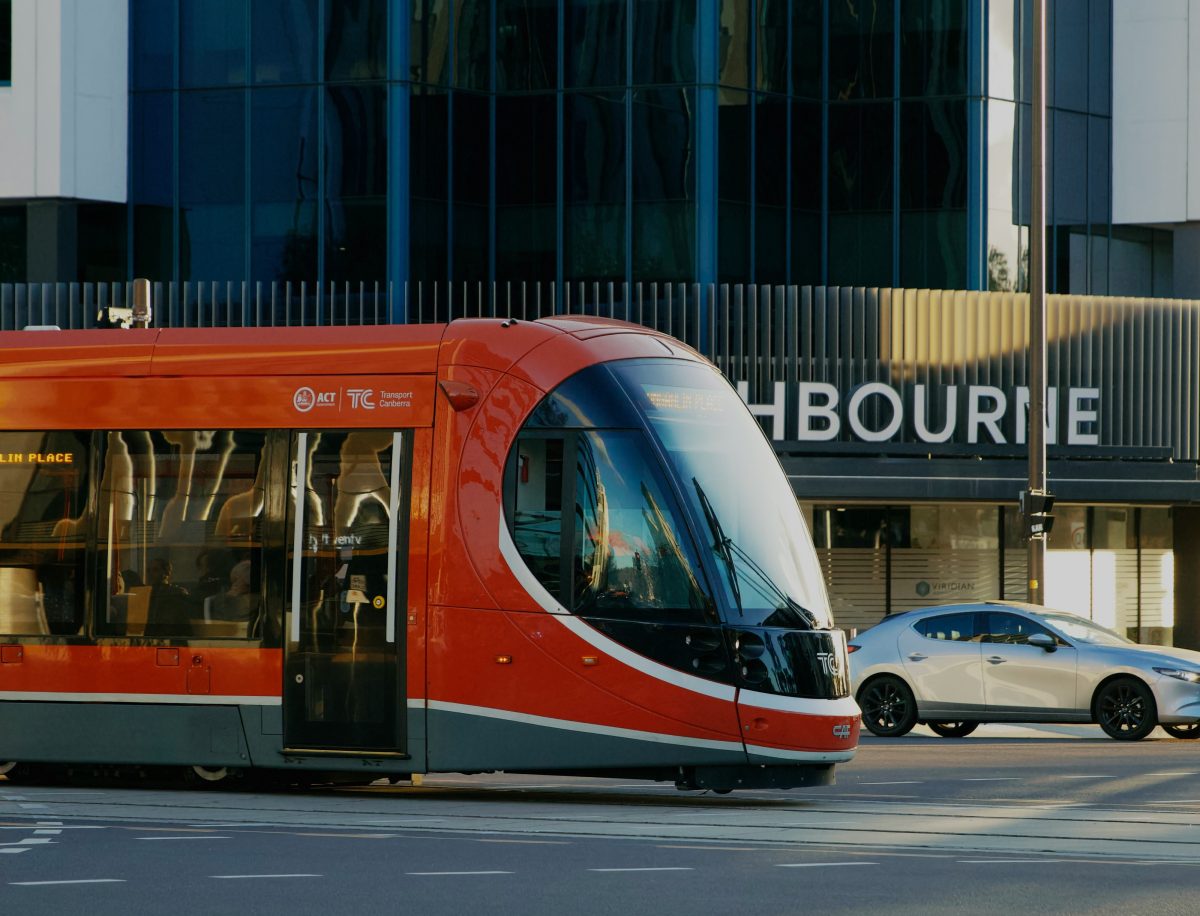
Light rail and housing go hand in hand. Photo: Jack McCracken.
This week’s announcement of a new ACT Public Service directorate combining Transport Canberra and City Services with the Environment, Planning and Sustainable Development Directorate is no surprise.
Chief Minister Andrew Barr has been talking about it all year. The surprise should be that it has taken so long to happen.
Transport, planning and housing have long been entwined in government policy. The first light rail project was as much about property development as providing an efficient way to move people.
The development along the Northbourne corridor has delivered, and continues to deliver, thousands of high-density homes next to light rail.
Stage 2A will also be a spur for new multi-unit housing in City West and at Acton Waterfront, as will 2B, although the development profile will be more mixed, such as what is planned for North Curtin.
It reflects a long accepted urban strategy of developing new, denser housing along transport corridors closer to employment and the city where many people want to live.
But beyond light rail, transport links such as buses, roads and active travel are vital to any new housing whether it be greenfield or infill, so bringing them together is a good thing.
The goal is to streamline development processes and approvals to get much-needed homes built, particularly the so-called missing middle.
The property industry is happy, having had it on its wishlist. Approval delays have long been a bugbear for developers, especially in the current environment of high costs and tight finance.
The government has promised 30,000 new homes by 2030 so it wants the bureaucracy to be in harness to help deliver them, now that the new planning system is in place.
If the recent history of the ACT Public Service is anything to go by, wrangling the two directorates into one entity will not be straightforward and the test will be what results start to flow.
That’s what will matter.
But it won’t simply be a case of waving projects through for the sake of it. Yes, reducing delays and roadblocks is important but at the same time higher-quality outcomes should also be more achievable.
The other move is for the multi-headed Access Canberra to come out of Chief Minister, Treasury and Economic Development, where it administers a plethora of things property related – from fees and registrations to regulation and compliance.
So that too makes sense.
It should mean closer communication and collaboration, easier interaction with developers and builders, and less delays. Fewer executives might also allow for more staff at the coalface.
Again, it will need more than a change of letterhead to make this happen.
But these new arrangements are welcome and hopefully will lead to a more integrated and coordinated approach to delivering new precincts and suburbs in Canberra.














